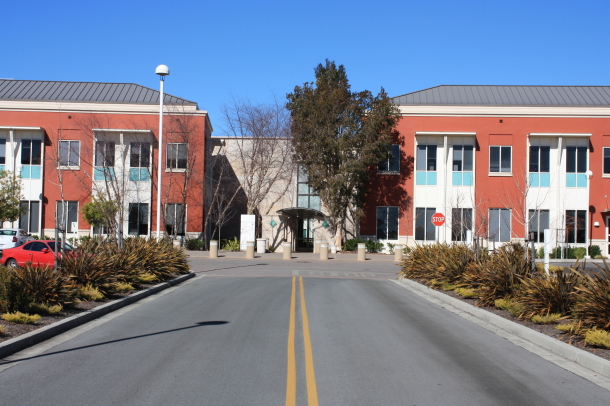 Facebook is planning on growing quite aggressively over the next few years. Recently unveiled plans for the Menlo Park migration reveal Facebook’s intent to quickly push the current 3600 worker cap and build a second campus using the 22 acres southwest of the former Sun Microsystems facility.
Facebook is planning on growing quite aggressively over the next few years. Recently unveiled plans for the Menlo Park migration reveal Facebook’s intent to quickly push the current 3600 worker cap and build a second campus using the 22 acres southwest of the former Sun Microsystems facility.
Facebook, currently with a little over 1,500 employees, has been growing too big for its Palo Alto britches with 750 million users, a sharp growth in ad revenue and an expected public stock offering next year. 500 employees have already begun settling in Menlo Park—known as East Campus—this month, but it seems company doesn’t think the Sun Microsystems site w
Justin Murphy, a development service manager for Menlo Park, told the San Jose Mercury that Facebook plans on hitting the 3600 worker cap for East Campus by later half of 2012. The company revealed that they’ll be building a West Campus which will be able to house 2,800 additional workers.
West Campus will be built on a 22-acre site connected to the East Campus by a tunnel running under highway 84. The site will feature five buildings three- and four-story’s tall and will have a five-story parking garage. Construction is planned for early 2013.
“While the locations of the buildings and the related infrastructure have been outlined, we are still working on the final design and are excited about the potential for the site,” said a spokesman for the company.
Facebook’s Menlo Park endgame is approval for 9,400 employees, with 6,600 in East campus and the rest occupying the West Campus. The envisioned amenities include a two story projection screen in the East Campus courtyard, doctor’s office, open put barbecue, laundry and a Roman and Williams styled cafe. The social networking giant hopes to gain permission to pack these thousands of workers into Menlo park by tying the permitted workforce to the number of rush hour vehicle trips coming to the site.


